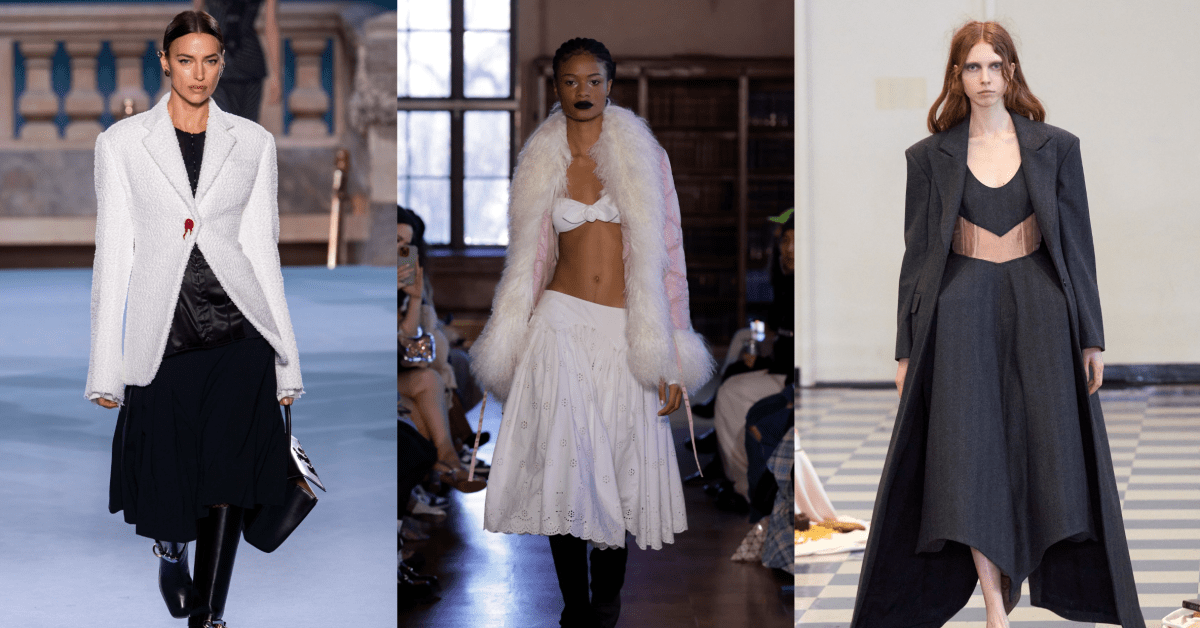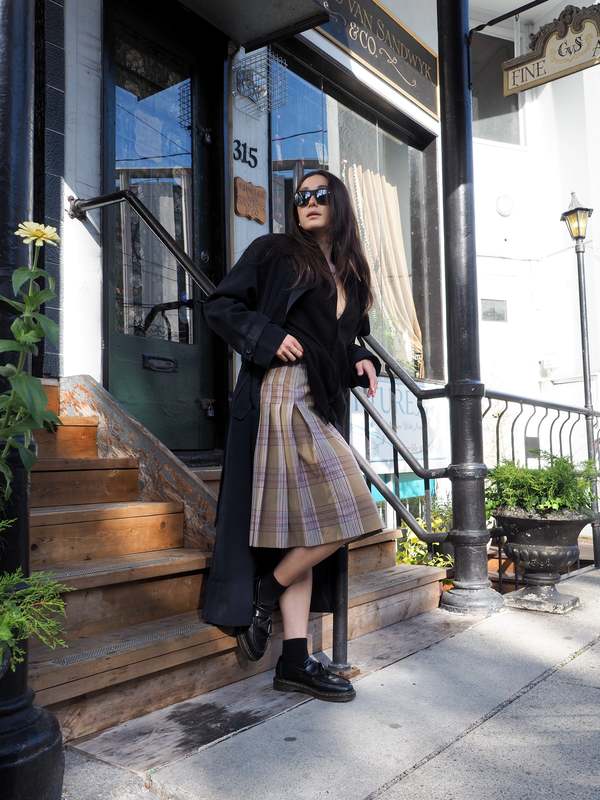Sustainable style in modern skirt design involves incorporating eco-friendly materials and ethical practices throughout the entire production process. Designers are increasingly conscious of the environmental impact of the fashion industry and are adopting innovative approaches to create skirts that are both stylish and sustainable. Here are some eco-friendly materials commonly used in modern skirt design:
1. **Organic Cotton:**
– Cotton is a popular fabric, but conventional cotton farming involves heavy pesticide use. Organic cotton is grown without synthetic pesticides and fertilizers, making it a more sustainable option.
2. **Tencel/Lyocell:**
– Tencel, also known as Lyocell, is a fiber made from sustainably sourced wood pulp, often from eucalyptus trees. The production process is energy-efficient, and the resulting fabric is biodegradable.
3. **Hemp:**
– Hemp is a fast-growing, low-impact crop that requires minimal pesticides and water. Hemp fibers create durable and breathable fabrics suitable for skirts.
4. **Recycled Polyester:**
– Using recycled polyester helps reduce the demand for new petroleum-based polyester production. This material is often made from recycled plastic bottles and offers a way to repurpose waste.
5. **Recycled Denim:**
– Upcycling old denim into new skirts is a sustainable practice that reduces the need for new raw materials and minimizes waste.
6. **Bamboo:**
– Bamboo is a rapidly renewable resource that requires minimal water and no pesticides to grow. Bamboo fabric is soft, breathable, and has natural antibacterial properties.
7. **Upcycled Fabrics:**
– Designers can repurpose vintage fabrics or discarded materials to create unique, sustainable skirts. This approach helps reduce the environmental impact associated with the production of new textiles.
8. **Dyeing Techniques:**
– Sustainable skirts also consider eco-friendly dyeing methods, such as natural dyeing or water-saving dye processes, to minimize the environmental impact of coloration.
9. **Fair Trade Practices:**
– Incorporating fair trade practices ensures that the workers involved in the production process are treated ethically and paid fair wages.
10. **Minimalist Design:**
– Creating skirts with timeless and versatile designs encourages consumers to invest in quality pieces that have a longer lifespan, reducing the overall environmental impact.
11. **Local Production:**
– Choosing local production helps minimize the carbon footprint associated with transportation and supports local economies.
By incorporating these eco-friendly materials and practices, modern skirt designers can contribute to a more sustainable and ethical fashion industry. Consumers can also play a crucial role by supporting brands that prioritize environmental and social responsibility.




